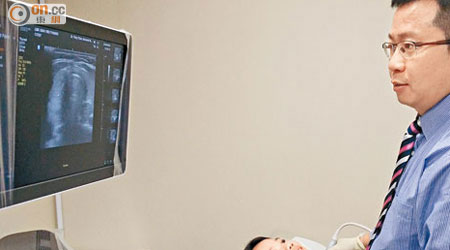Have you experienced the growth of red lumps on your earlobes after getting your ears pierced? Or wounds on your shoulders that become lump-like and spread outside the original area of skin damage, causing pain and itchiness? The above scarring is known as Keloids, which is formed by the growth of scarring tissues and may occur in both major and minor injuries. As Keloids are unsightly and may cause discomfort, a new generation of cryosurgical scar treatment, "Cryosurgery", has been developed to effectively reduce the size of Keloid scars through needle insertion of liquid nitrogen, which freezes and destroys the growth cells. This method is much more advanced and effective than previous treatment methods.
Causes of Keloid ScarringAlthough the exact cause of Keloid formation is still unknown within the medical community, genetic and racial factors have been found to greatly increase the chances of Keloid scarring. Genetically, some patients have had relatives who have suffered from the same condition, while some may even occur across different generations. In terms of race, Keloid scarring most commonly occurs in Africans, followed by Asians. It is less common among Caucasians.
Do I Suffer from Keloid Scarring?As mentioned, no matter how serious or minor the wound is, from acne, chicken pox, ear-piercing, scratches, insect bites or BCG vaccines to burns and serious injuries, there is still a risk of Keloid scarring. Therefore, it is advisable to be cautious even if the wound is small. As opposed to scars, Keloids will not fade and flatten over time. Instead, the scar tissues will grow above the wound or when the wound gets infected, and may even grow beyond the original scarring area.
Keloids are mostly pink, red or purple, and are typically arc-shaped and protruding. In normal conditions, itchiness, swelling and tightness will occur in the affected area, while Keloids of a bigger size may not only be unsightly, but cause pain as well.
Which Areas are More Prone to Keloid Scarring?Keloids most commonly appear near wounds on the back, chest, earlobes and shoulders. They could also occur at the chin area. Medical research stipulates that this might be caused by the loss of control of fibroblast in such areas.
Reference information:
http://keloid.com.hk/keloid-scar.htmlThe information aims to provide educational purpose only. Anyone reading it should consult Surgery Specialist before considering treatment and should not rely on the information above


